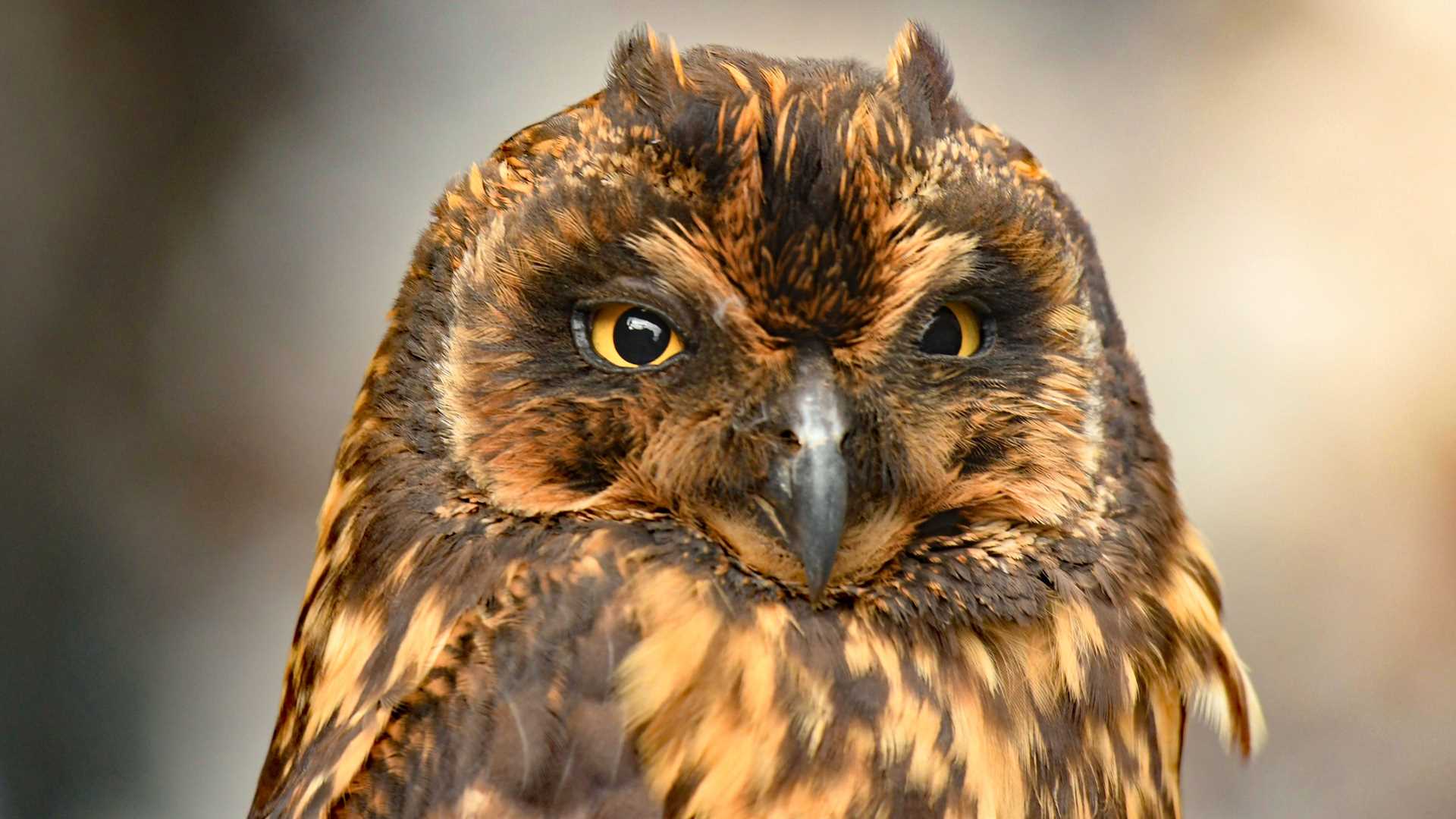She watches us from the first fissure right after Prince Philip’s Steps. Who knows how long she has been there, or maybe it is a he? In Spanish, the word for owl is feminine, so I decide to call the owl a “she.” One guest passes by, then a second and a third. It takes us time to notice the presence of the short-eared owl. She is unmovable, not very curious about our presence. This is the beauty of the Galapagos Islands. We can share the islands with the animals, on land and in the sea, as if we are part of the animals’ everyday lives. Not too far away from the owl, a red-footed booby stretches its wings near the top of a leafless holy tree. A magnificent view of the bay is in the background. The day is peaceful and perfect with the sounds of nature all around.
Genovesa is known as “Bird Island.” Located north of the equator, the island is home to a collapsed volcano, and there are no land reptiles. Genovesa has several endemic species that are not found anywhere else in the world. There are many reasons to remember this island. We will remember the quiet, motionless owl and the red-footed booby perched in a tree that welcomed us when we arrived early in the morning.









